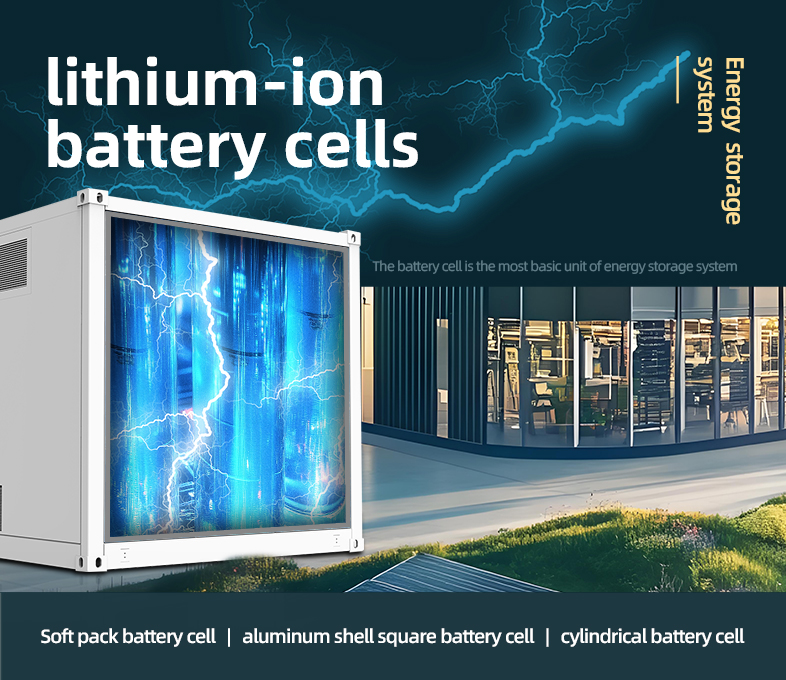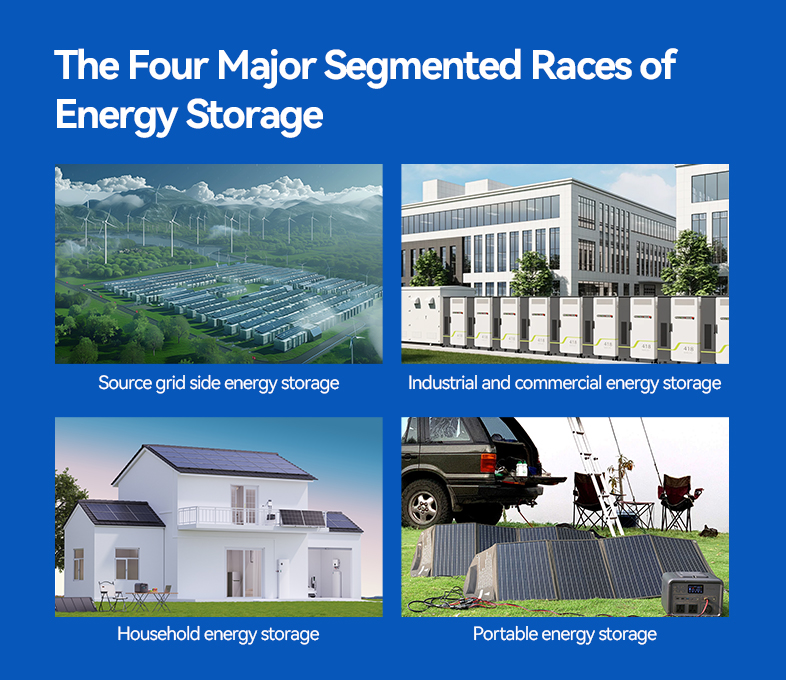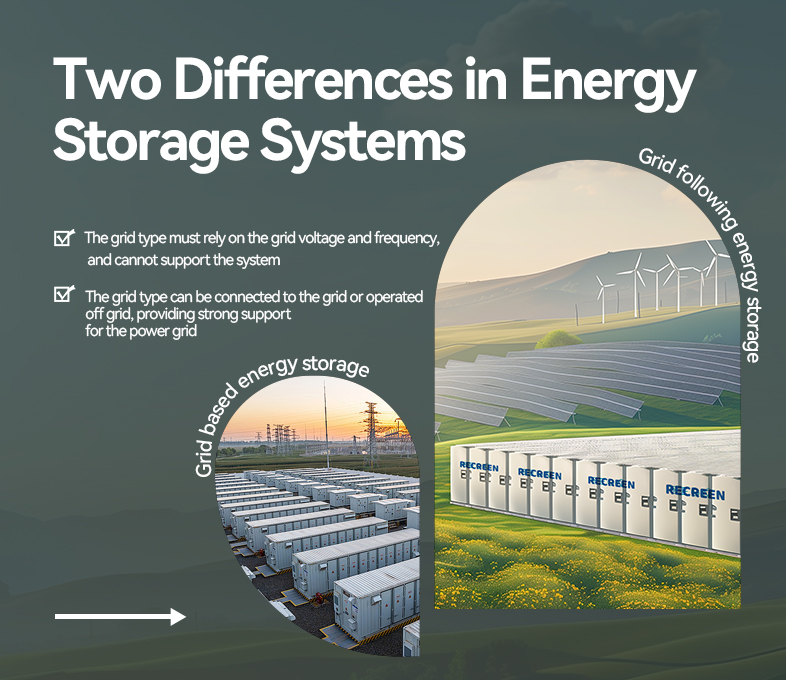An energy storage container system is composed of multiple battery racks connected in parallel. Each rack consists of several battery packs connected in series. In turn, each battery pack is made up of multiple battery modules, and each module contains multiple battery cells in series.
For example, a 5MWh containerized energy storage cabinet typically contains 12 battery racks, each with 8 battery packs. Every pack includes 52 cells rated at 314Ah.
At the core of the entire system, battery cells are the most fundamental unit. A typical lithium-ion cell is made of a cathode material, anode material, electrolyte, separator, and casing. Today, the most commonly used lithium-ion chemistries are LFP (Lithium Iron Phosphate) and NMC (Nickel Manganese Cobalt). These batteries work by enabling the movement of lithium ions between the electrodes during charging and discharging, releasing or storing electrical energy.
1. Types of Lithium-Ion Cells
Lithium-ion cells come in three main packaging formats: pouch cells, prismatic (aluminum case) cells, and cylindrical cells.
1.1 Pouch Cells
Also known as polymer lithium-ion cells, pouch cells use an aluminum-plastic film casing, making them lightweight and flexible. They’re widely used in 3C digital products such as laptops and cameras, as well as in almacenamiento de energía residencial and portable power systems.
Advantages:
-
High safety: The flexible casing releases pressure through swelling and rupture, avoiding explosion.
-
Lightweight: Lighter than cylindrical or prismatic cells with lower internal resistance.
-
Design flexibility: Easily customizable in shape and size.
-
High energy density: Higher than cylindrical or prismatic types.
Disadvantages:
-
Lower consistency: Variability among units can impact system safety.
-
Higher cost: More complex manufacturing process.
-
Lower mechanical strength: Easier to puncture, posing safety risks.
1.2 Prismatic (Aluminum Shell) Cells
Prismatic cells use aluminum casings and have fixed dimensions. Their design supports both air and liquid cooling, making them ideal for large-scale commercial and utility-scale energy storage.
Advantages:
-
Reliable packaging: High system efficiency.
-
Higher energy density: More room for improvement compared to cylindrical cells.
-
Simple structure: Large single-cell capacity and easy scalability.
-
Better thermal management: Easier to integrate cooling and safety features.
1.3 Cylindrical Cells
Cylindrical cells use metal casings, typically made of steel, offering excellent mechanical stability and pressure resistance.
These cells are named using a five-digit code:
-
The first two digits = diameter (mm)
-
The next two digits = height (mm)
-
The last digit = cylindrical format
Popular models include 18650, 21700, 26650, and 32650.
For instance, the 18650 cell (18mm × 65mm) is known for its high reliability and is widely used in applications with capacities under 10kWh, such as mobile phones and laptops.
2. Leading Energy Storage Cell Manufacturers
In 2024, the Top 10 global energy storage cell suppliers are:
-
CATL (SZ:300750)
-
EVE Energy (SZ:300014)
-
BYD (SZ:002594)
-
Hithium
-
CALB (HK:03931)
-
REPT BATTERO (HK:00666)
-
Envision AESC
-
Gotion High-Tech (SZ:002074)
-
Penghui Energy (SZ:300438)
-
Samsung SDI
Top 5 large-scale ESS cell suppliers:
CATL, EVE, Hithium, BYD, and CALB
Top 5 residential ESS cell suppliers:
EVE, REPT, Sunwoda, Penghui, and Gotion
Chinese companies dominate the global market, occupying 9 out of the top 10 spots. Samsung SDI is the only non-Chinese brand in the Top 10 (previously ranked 6th in 2023). LG Energy Solution, which was ranked 8th in 2023, dropped out in 2024.
3. Technical Trends in Energy Storage Cells
As installed ESS capacity grows, the industry is moving toward:
-
Higher capacity
-
Lower cost
-
Longer lifespan
Capacity:
From 2015 to 2020, mainstream capacity was 50–100Ah.
From 2020 to 2023, it rose to 280Ah.
By 2024–2025, 314Ah became standard.
Post-2025, fourth-generation cells of 500Ah–600Ah are being released.
Cost:
Before mid-2022, cell prices rose to ~1.1 RMB/Wh.
Since then, prices have dropped steadily due to falling lithium prices, reaching ~0.35 RMB/Wh by January 2025.
Lifespan:
“Solar-storage lifespan alignment” is a key industry goal. Advanced cells now offer over 10,000 cycles and 20+ years of calendar life. For example:
-
Gotion High-Tech’s 688Ah cell: >10,000 cycles
-
CALB’s second-gen 314Ah cell: 15,000 cycles
This aligns energy storage systems with the typical 20-year lifespan of PV plants — a true realization of “solar-storage synergy.”
Other Key Parameters:
-
C-rate: Indicates charging/discharging speed (e.g., 0.5C, 1C)
-
Internal resistance: Affects heat generation and efficiency. Higher resistance leads to faster aging and energy loss.





